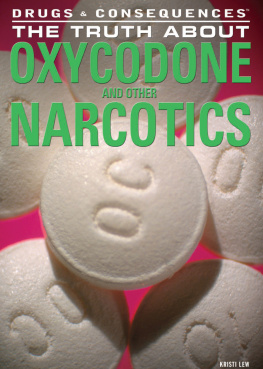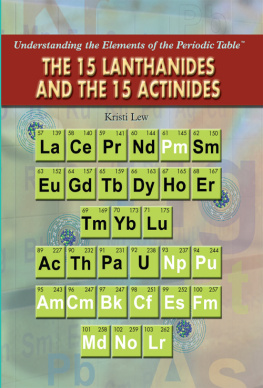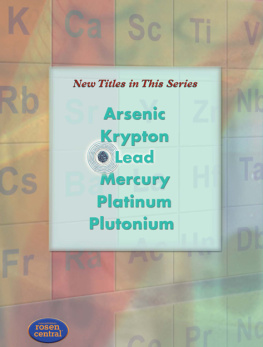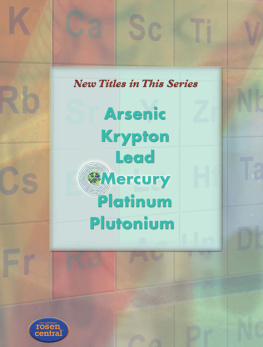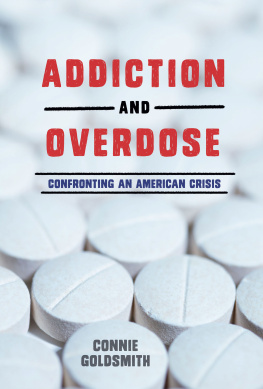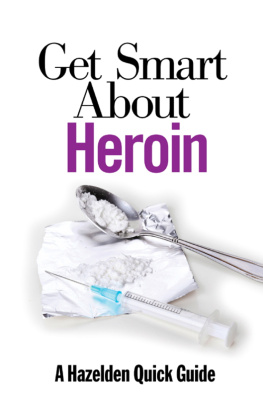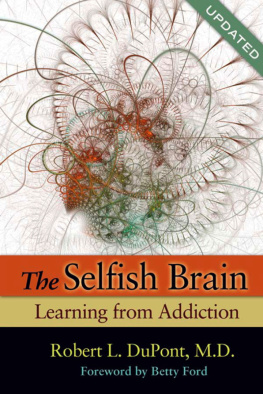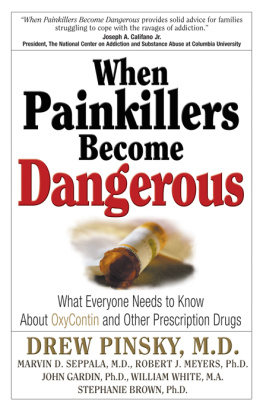

Published in 2014 by The Rosen Publishing Group, Inc.
29 East 21st Street, New York, NY 10010
Copyright 2014 by The Rosen Publishing Group, Inc.
First Edition
All rights reserved. No part of this book may be reproduced in any form without permission in writing from the publisher, except by a reviewer
Library of Congress Cataloging-in-Publication Data
Lew, Kristi.
The truth about oxycodone and other narcotics/Kristi Lew. First edition.
pages cm. (Drugs & consequences)
Includes bibliographical references and index.
ISBN 978-1-4777-1894-0 (library binding)
1. OxycodoneJuvenile literature. 2. Oxycodone abuseJuvenile literature. 3. NarcoticsJuvenile literature. I. Title.
RM666.O76.L48 2014 615.7'822dc23
013018133
Manufactured in the United States of America
CPSIA Compliance Information: Batch #W14YA: For further information, contact Rosen Publishing, New York, New York, at 1-800-237-9932.
CONTENTS
INTRODUCTION
H ave you ever broken an arm or a leg? Or been injured while playing a sport? Even if you have not, you have most likely felt the pain of a headache or a sore throat at some point during your lifetime. Now imagine having that kind of pain and magnifying it until it hurts so much that you can barely think of anything else. According to a 2011 study conducted by the Institute of Medicine, more than one hundred million Americans suffer from this type of severe, chronic pain every year: Many others are injured in accidents or require major surgery, which can leave them in temporary, but excruciating, pain.
Some types of pain may be managed with anti-inflammatory pain relievers such as aspirin, ibuprofen, or naproxen (Aleve). Other types may respond to steroids, such as cortisol and prednisone, or acetaminophen (Tylenol). However, the acute pain of an injury or chronic pain that has proven untreatable by other means often requires stronger, prescription painkillers.
Oxycodone is the active ingredient in some of these painkillers, including OxyContin, Percocet, and Percodan. Although these drugs can be life-savers for the many people suffering from severe pain, they have also proven to be extremely dangerous when taken irresponsibly.
How dangerous are they? According to a study conducted by the Centers for Disease Control and Prevention (CDC), 36,450 Americans died of a drug overdose in 2008. More than half of these overdoses were caused by the abuse of a prescription drug. Of the 20,044 prescription drug overdose deaths, nearly 74 percent were the result of the abuse of an opioid pain reliever such as oxycodone. In fact, prescription painkillers now cause more drug overdose deaths than heroin and cocaine combined.
You may think that you don't know anyone who has experimented with narcotics, but you might be surprised. Studies conducted by the Partnership at Drugfree.org indicate that as many as one in five teenagers has reported trying a prescription drug for the purpose of getting high. The studies also reveal that this experimentation occurs among those from all racial, ethnic, and socioeconomic backgrounds. In addition, data collected by the National Institute on Drug Abuse (NIDA) shows that prescription painkillers are one of the most commonly abused drugs by teens, after tobacco, alcohol, and marijuana.
It also appears as if new recreational users of prescription drugs are popping up every day. The latest data released by the National Survey on Drug Use and Health shows that, as of 2010, the number of people taking a prescription painkiller for nonmedical use for the first time was around two million. This number averages out to about 5,500 initiates per day. The only illicit drug taken by more people for the first time that year was marijuana. Of all the prescription drugs taken for nonmedical reasons, painkillers were the drugs that were taken the most often.
Why would so many people experiment with prescription painkillers? New users of prescription drugs often report that they perceive these drugs to be less dangerous than illegal street drugs. Sadly, what they are not aware of is that chemically, painkillers that contain oxycodone and related substances are very similar to heroinand they are just as deadly.
O xycodone and other prescription painkillers are narcotic drugs. The word "narcotic" comes from the Greek word meaning "stupor." When taken in moderation, these drugs dull the senses, relieve pain, and promote sleep. They can also produce a profound sense of euphoria, or well-being. In high doses, however, narcotics can cause troubled breathing, coma, and death.
In general society, the term "narcotic" is sometimes used to mean any type of illicit drug, whether it actually produces narcotic effects or not. But in the law enforcement and medical communities, the word "narcotic" is reserved for drugs related to the opiate family, including opium, opium derivatives, and their synthetic (meaning that they are made artificially by humans) or semisynthetic counterparts.
Opiates are derived from the milky sap of the opium poppys seedpod.
Opiates
Some narcotics, such as opium, morphine, and codeine, are naturally occurring substances called opiates. Opiates are found in the milky sap of the seed-pods of a particular type of poppy plant, called the opium poppy. The opium poppy's scientific name is Papaver somniferum. There are more than seven hundred species of poppy plants in the family Papaveraceae, but not all of them contain opium. Some, such as the California poppy and the snow poppy, are prized for their ornamental properties, not their narcotic potential.
The opium poppy grows best in warm, dry climates and is native to Turkey. According to a report by PBS'sFrontline, a vast majority of opium poppy cultivation today takes place in a narrow, mountainous region that stretches from Turkey through Iran, Afghanistan, and Pakistan. The plant is also commonly grown in Poland, the Netherlands, the Czech Republic, Romania, India, and Canada.
The opium poppy plant is an annual, meaning that it lives and flowers for a single growing season. Its growth cycle lasts approximately 120 days. About ninety days after a poppy seed is planted, a poppy flower is formed. The flower petals fall away after a few days and a seedpod is left behind. During the next ten to twelve days, the seedpod ripens and grows to about the size of an egg. Opium is produced inside the seedpod during this ten-to twelve-day period.
Farmers extract the opium by cutting vertical strips in the seedpod with specially curved knifes and then scraping the sap off the seedpod as it oozes out. Exposed to the air, the opium turns from a milky liquid to a thick brownish-black gum. Farmers bundle the gummy mass into bricks or balls that are sold on the black market.
Opioids
Drugs manufactured to have narcotic effects on the body are called opioids. Some opioids are semisynthetic, meaning that they are manufactured by changing the chemical structure of opium. Semisynthetic opiate derivatives include heroin, OxyContin, Percocet, Percodan, Vicodin, Dilaudid, and Lortab. Other opioids are fully synthetic chemical compounds manufactured in laboratories to mimic the effects of an opiate on the body. Fully synthetic opioids include Demerol, Darvan, and methadone.
Next page
